Home>Home Appliances>Laundry Appliances>How To Winterize A Washing Machine
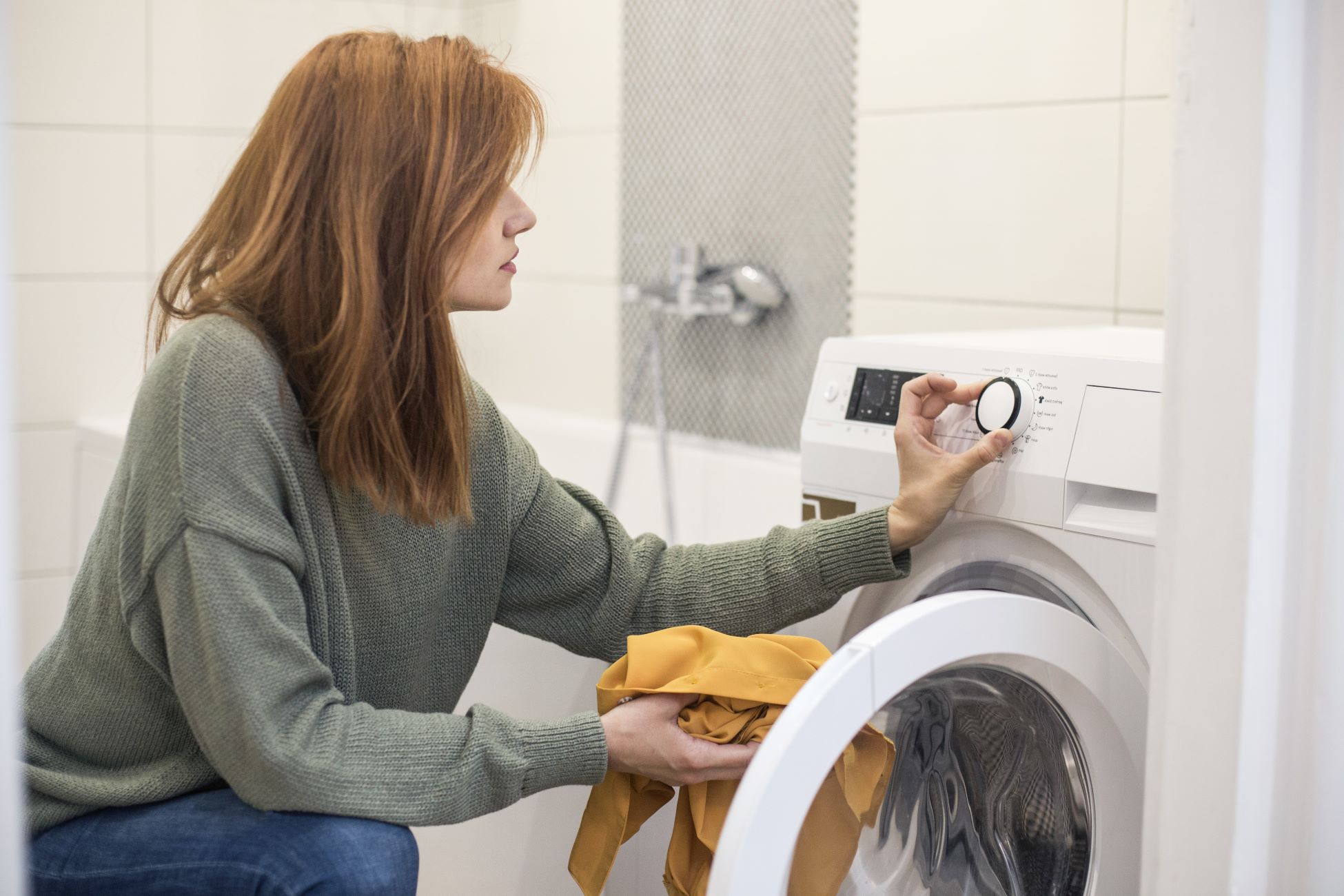

Laundry Appliances
How To Winterize A Washing Machine
Modified: March 2, 2024
Learn how to properly winterize your laundry appliances with our step-by-step guide. Keep your washing machine in top condition for the cold season. Protect your investment today!
(Many of the links in this article redirect to a specific reviewed product. Your purchase of these products through affiliate links helps to generate commission for Storables.com, at no extra cost. Learn more)
Reasons to Winterize Your Washing Machine
Winter brings with it a myriad of challenges, and your washing machine is not exempt from the potential hazards that the cold weather may pose. Winterizing your washing machine is a crucial step in ensuring its optimal performance and longevity. Here are compelling reasons why you should prioritize winterizing your washing machine:
-
Preventing Freezing Damage: In regions where temperatures plummet below freezing, water left in the washing machine's hoses and internal components can freeze, leading to cracks, leaks, and costly repairs. By winterizing your washing machine, you can safeguard it from the detrimental effects of freezing temperatures.
-
Preserving Internal Components: Cold weather can cause the rubber seals and gaskets in your washing machine to become brittle and prone to damage. Winterizing the machine helps to protect these vital components from the harsh effects of low temperatures, thereby extending the lifespan of your appliance.
-
Avoiding Mold and Mildew: During the winter months, the humidity levels inside homes tend to rise, creating an environment conducive to mold and mildew growth. By winterizing your washing machine, you can prevent moisture buildup and the subsequent development of mold and mildew, which can compromise the cleanliness of your laundry and the functionality of the machine.
-
Preventing Water Line Damage: Water lines connected to the washing machine are susceptible to freezing in cold weather, leading to potential ruptures and leaks. Winterizing the machine involves draining excess water from the lines, reducing the risk of damage and the need for costly repairs.
-
Maintaining Energy Efficiency: When a washing machine is not properly winterized, it may struggle to operate efficiently in colder temperatures, leading to increased energy consumption and higher utility bills. By taking the necessary steps to winterize your washing machine, you can help maintain its energy efficiency throughout the winter season.
By acknowledging these reasons and taking proactive measures to winterize your washing machine, you can protect your investment, avoid unnecessary repairs, and ensure that your appliance continues to function optimally, even in the harshest winter conditions.
Key Takeaways:
- Protect your washing machine from winter damage by draining water, cleaning components, and using cold water settings. Regular maintenance and professional inspections can ensure optimal performance during the cold season.
- Gather essential materials like adjustable pliers, mild cleaning solution, and gloves to winterize your washing machine effectively. Inspect hoses, monitor water supply, and maintain room temperature to prevent winter-related issues.
Read more: How To Winterize Power Washer
Steps to Winterize Your Washing Machine
Winterizing your washing machine is a crucial task that involves several essential steps to protect it from potential damage during the cold winter months. By following these steps, you can ensure that your washing machine remains in optimal condition and continues to function efficiently throughout the winter season.
-
Turn Off the Water Supply: Begin the winterization process by turning off the water supply to the washing machine. Locate the shut-off valves behind the appliance and close them to prevent any water from entering the machine's hoses and internal components.
-
Disconnect the Hoses: After shutting off the water supply, disconnect the hoses that connect the washing machine to the water source. Be prepared for any residual water to drain from the hoses, and have a towel or container ready to catch the water to prevent any mess.
-
Drain the Hoses: Once the hoses are disconnected, thoroughly drain any remaining water from them. This can be done by holding the hoses over a sink or bucket and allowing the water to flow out completely. Ensuring that the hoses are completely drained is essential to prevent freezing and potential damage.
-
Clean the Dispenser and Drum: To prevent the buildup of residue and mold during the winter months, clean the detergent dispenser and the drum of the washing machine. Use a mild cleaning solution and a soft cloth to wipe away any detergent or fabric softener residue, ensuring that the interior of the machine remains clean and free from potential contaminants.
-
Run a Maintenance Cycle: Some washing machines have a specific maintenance or clean cycle. If your machine has this feature, run a maintenance cycle using a washing machine cleaner or a mixture of white vinegar and baking soda. This helps to eliminate any lingering odors and residue, ensuring that the machine is clean and fresh for the winter season.
-
Leave the Door Ajar: After completing the previous steps, leave the door of the washing machine slightly ajar to allow air circulation. This helps to prevent the buildup of moisture and mold inside the machine, promoting a dry and odor-free environment.
By diligently following these steps to winterize your washing machine, you can protect it from potential damage caused by freezing temperatures and moisture buildup. This proactive approach ensures that your washing machine remains in optimal condition, ready to tackle your laundry needs throughout the winter.
Disconnect the water supply hoses and drain any remaining water. Clean the detergent dispenser and door seal. Run a maintenance cycle with a washing machine cleaner to remove any buildup. Keep the door open to prevent mildew growth.
Materials Needed for Winterizing
When it comes to winterizing your washing machine, having the right materials at your disposal is essential to ensure a thorough and effective process. By gathering the necessary materials beforehand, you can streamline the winterization procedure and safeguard your washing machine from potential cold-weather damage. Here are the key materials needed for winterizing your washing machine:
-
Adjustable Pliers: These versatile tools are indispensable for loosening and tightening hose connections during the winterization process. Adjustable pliers provide a secure grip, allowing you to disconnect and reattach hoses with ease.
-
Bucket or Towel: Having a bucket or towel on hand is crucial for catching any residual water that may drain from the hoses when they are disconnected. This helps to prevent water from spilling onto the floor and creating a mess.
-
Mild Cleaning Solution: A mild cleaning solution, such as a mixture of gentle detergent and water, is essential for cleaning the detergent dispenser and the interior of the washing machine. This solution effectively removes any detergent or fabric softener residue, ensuring a clean and hygienic environment for your laundry.
-
Washing Machine Cleaner or White Vinegar and Baking Soda: Utilizing a washing machine cleaner or a combination of white vinegar and baking soda is beneficial for running a maintenance cycle to eliminate odors and residue from the washing machine. These cleaning agents help maintain the cleanliness and freshness of the machine during the winter months.
-
Soft Cloth: A soft cloth is ideal for wiping down the interior of the washing machine and removing any buildup or residue. It is gentle on the surfaces of the machine, ensuring that cleaning is thorough without causing damage.
-
Gloves: Wearing gloves during the winterization process can protect your hands from coming into direct contact with any residual water or cleaning solutions. Additionally, gloves provide a better grip when handling hoses and components, enhancing safety and comfort.
-
Flashlight: A flashlight can be useful for illuminating hard-to-reach areas behind the washing machine, ensuring that all connections and components are visible during the winterization process.
By ensuring that you have these materials readily available, you can approach the task of winterizing your washing machine with confidence and efficiency. These essential materials enable you to carry out each step of the winterization process effectively, ultimately protecting your washing machine from the potential hazards of winter.
Tips for Maintaining Your Washing Machine in Winter
As the winter season sets in, it's essential to implement ongoing maintenance practices to ensure that your washing machine continues to operate smoothly and efficiently. Here are valuable tips to help you maintain your washing machine during the winter months:
-
Regular Cleaning: Schedule regular cleaning sessions for your washing machine to prevent the buildup of mold, mildew, and detergent residue. Use a mild cleaning solution to wipe down the interior surfaces, including the drum and the detergent dispenser. Additionally, leave the door ajar after each use to allow for air circulation, reducing the risk of moisture accumulation.
-
Inspect Hoses and Connections: Periodically inspect the hoses and connections of your washing machine for any signs of wear, leaks, or damage. Cold temperatures can exacerbate the vulnerability of hoses, making them more susceptible to cracks and leaks. Replace any worn or damaged hoses to prevent potential water damage and ensure the proper functioning of your machine.
-
Monitor Water Supply: Keep an eye on the water supply to your washing machine, especially during freezing temperatures. Insulate exposed pipes and consider using a heating tape to prevent the water supply lines from freezing. This proactive measure helps to safeguard the integrity of the water supply and prevents potential disruptions to your laundry routine.
-
Use Cold Water Settings: During the winter, consider using the cold water setting for your laundry loads whenever possible. This not only conserves energy but also reduces the strain on the hot water system, which may be working harder to provide warm water during colder weather. Using cold water can also help prevent the formation of ice in the water lines.
-
Maintain Optimal Room Temperature: Ensure that the room housing your washing machine maintains a reasonable temperature, especially if it is located in an area prone to colder conditions. Extreme cold can impact the performance of the washing machine and may lead to issues such as frozen hoses and components. Keeping the room adequately heated can mitigate these risks.
-
Professional Inspection: Consider scheduling a professional inspection of your washing machine before the onset of winter. A qualified technician can assess the condition of the machine, identify any potential issues, and perform necessary maintenance or repairs to ensure that it is winter-ready.
By implementing these tips, you can proactively maintain your washing machine during the winter, minimizing the risk of damage and ensuring that it continues to function optimally. These simple yet effective measures contribute to the longevity and reliability of your washing machine, allowing you to navigate the winter season with confidence and peace of mind.
Frequently Asked Questions about How To Winterize A Washing Machine
Was this page helpful?
At Storables.com, we guarantee accurate and reliable information. Our content, validated by Expert Board Contributors, is crafted following stringent Editorial Policies. We're committed to providing you with well-researched, expert-backed insights for all your informational needs.
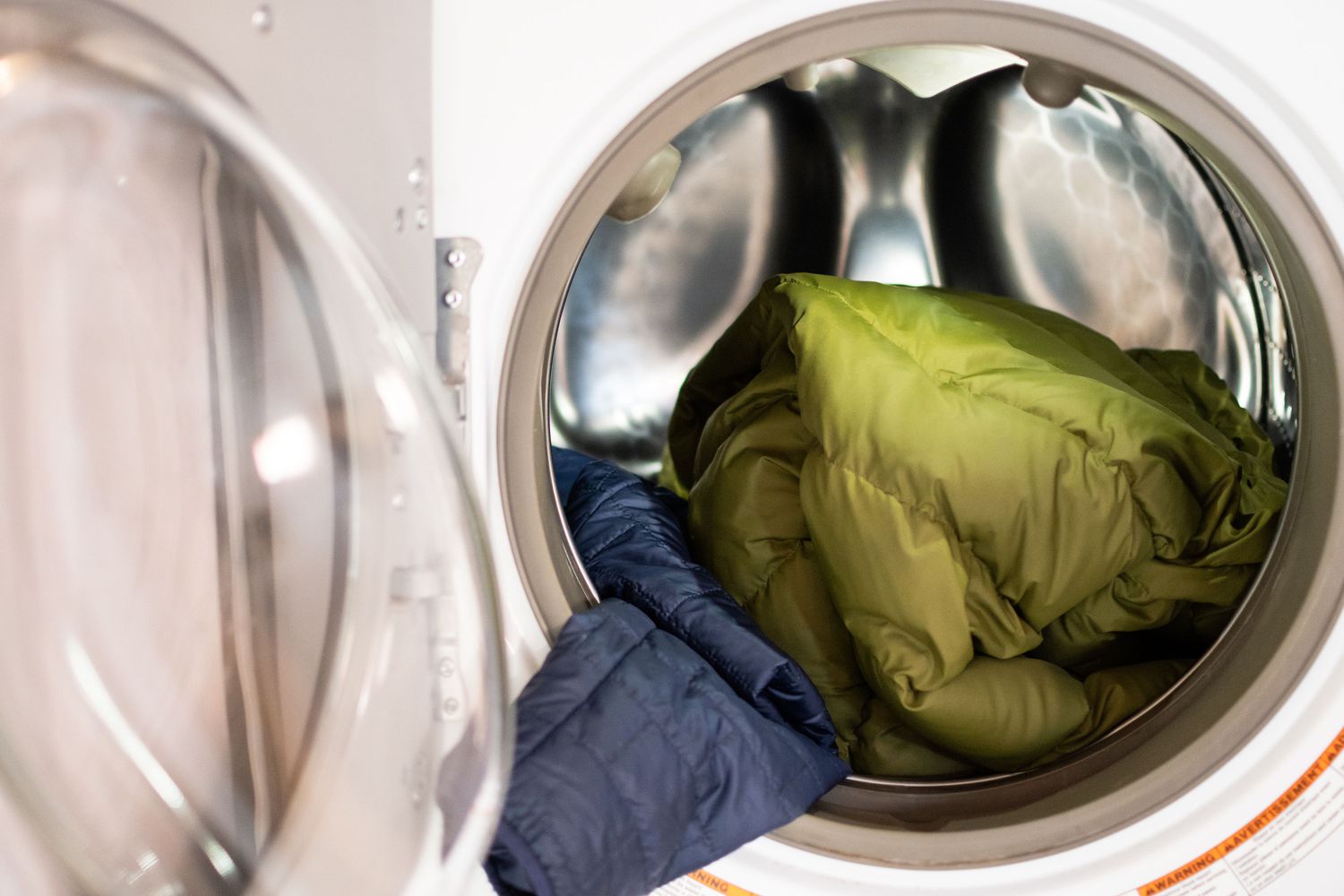
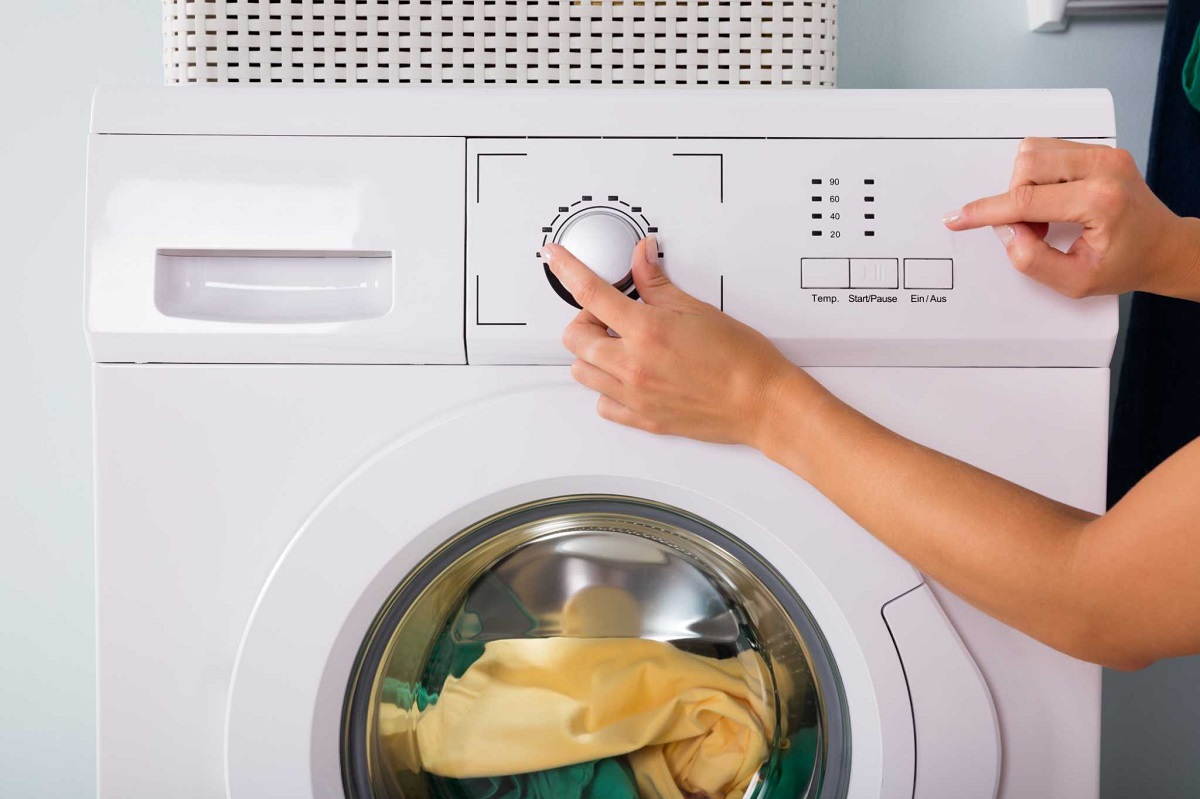
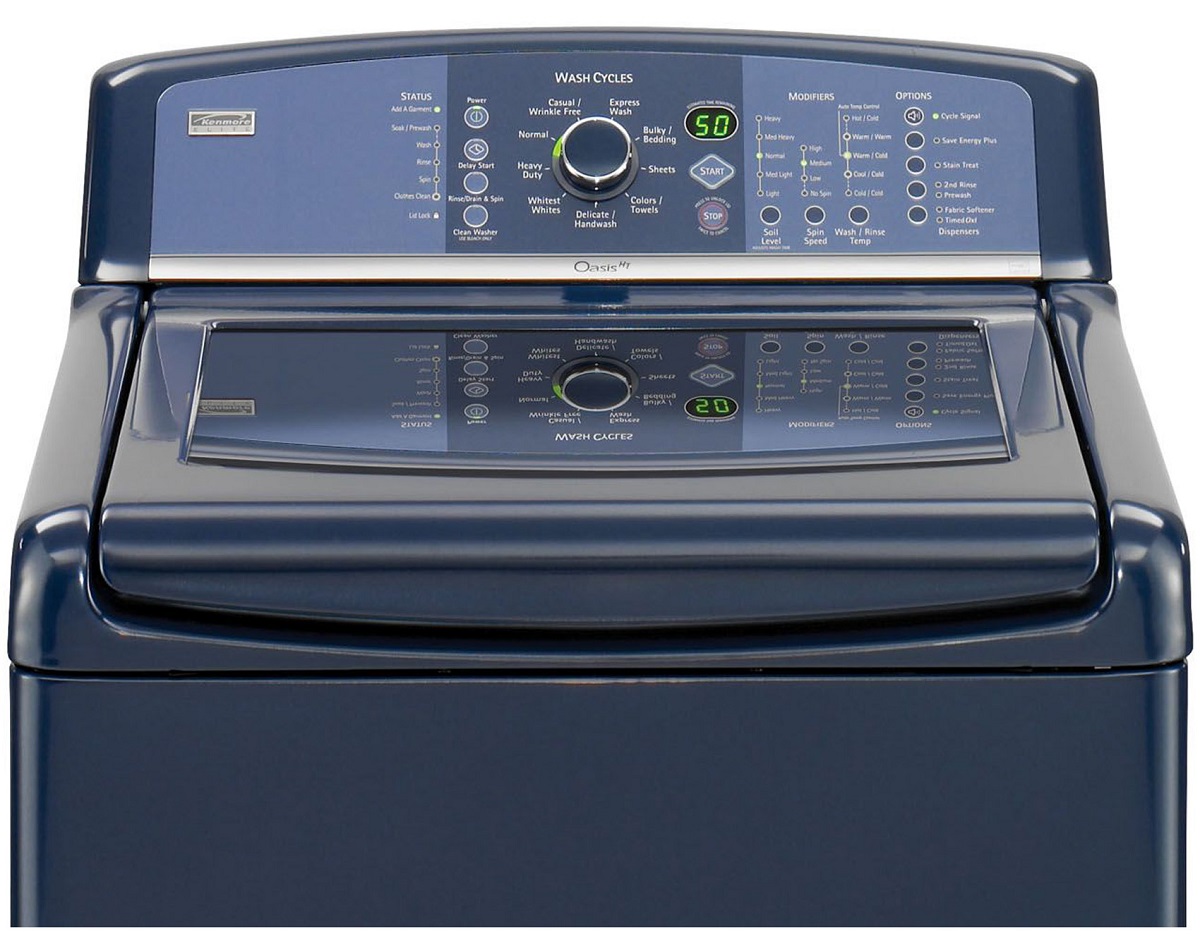
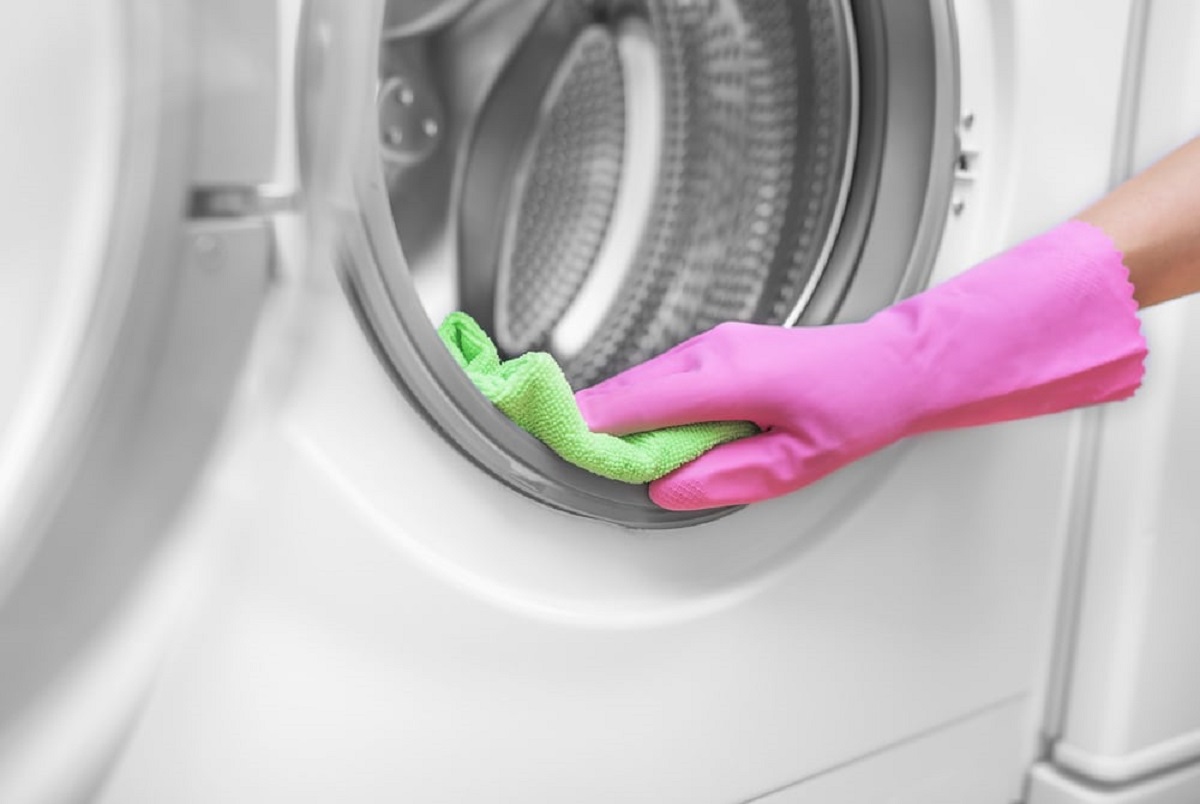
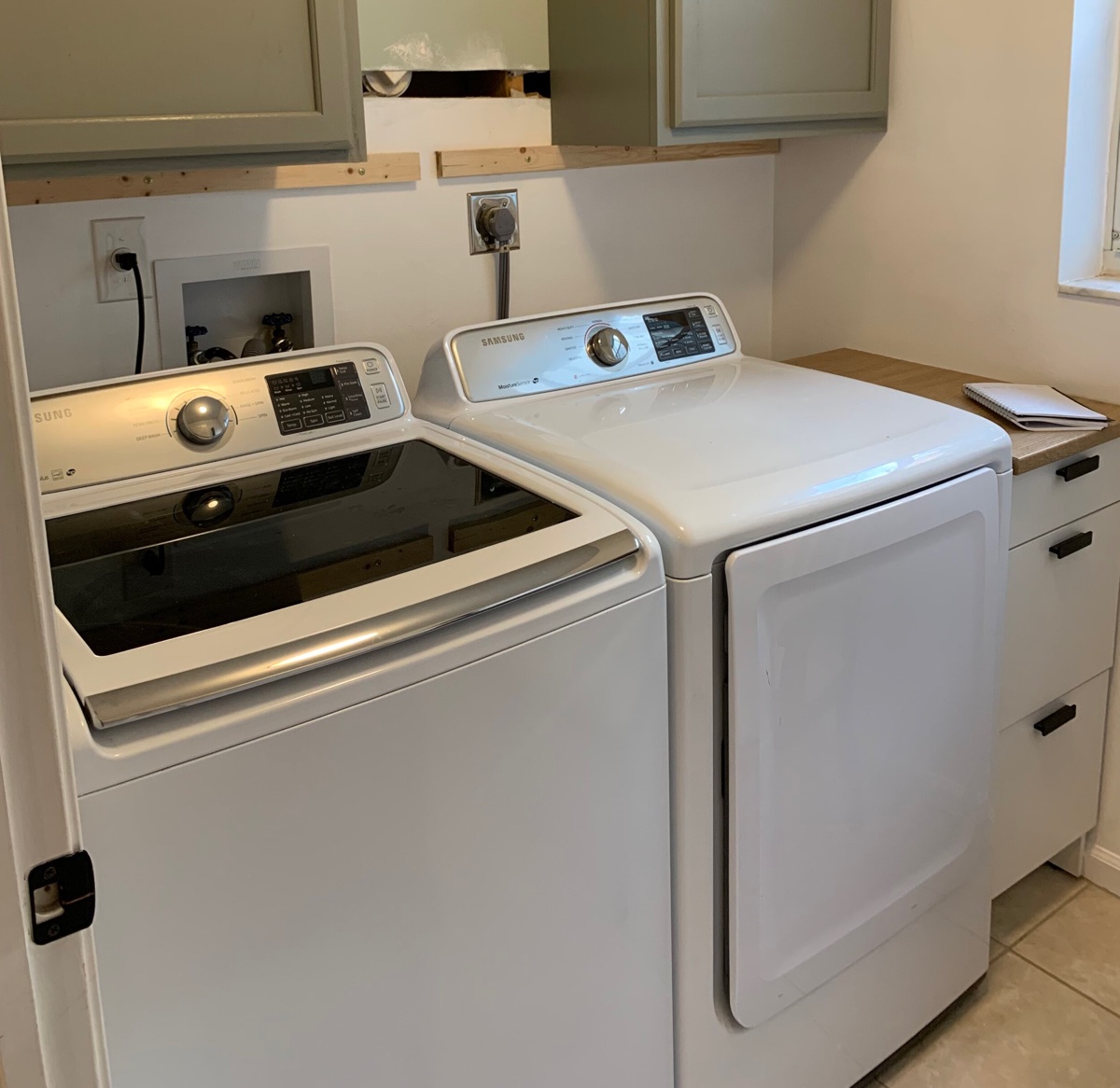
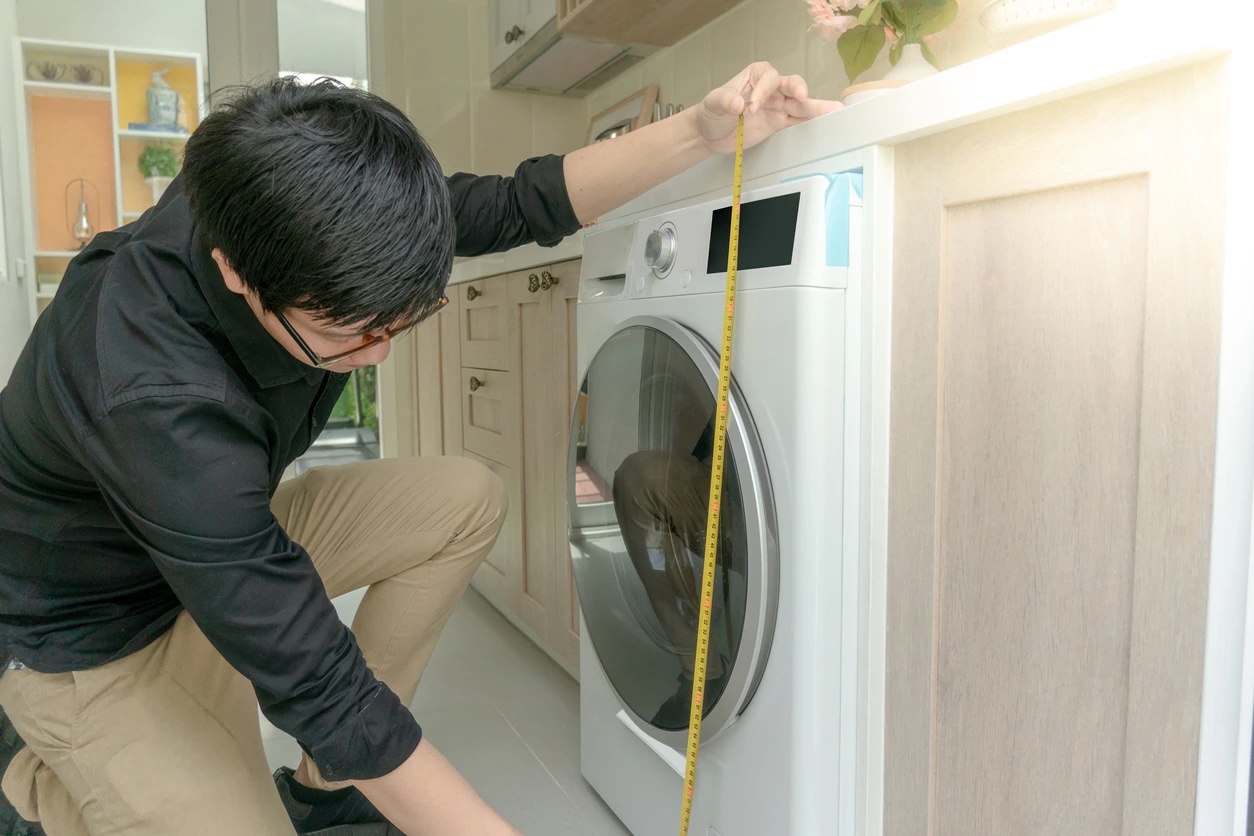
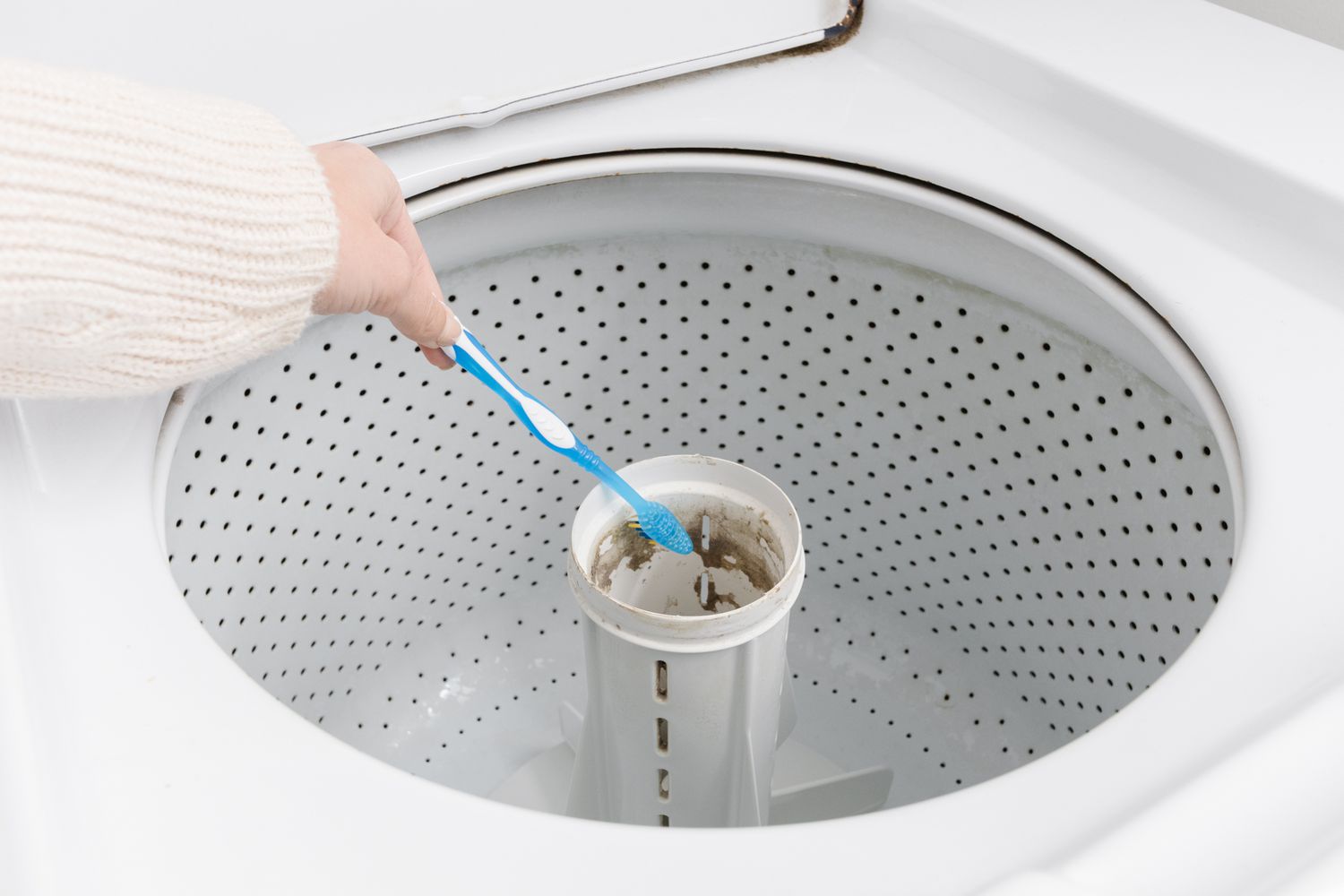

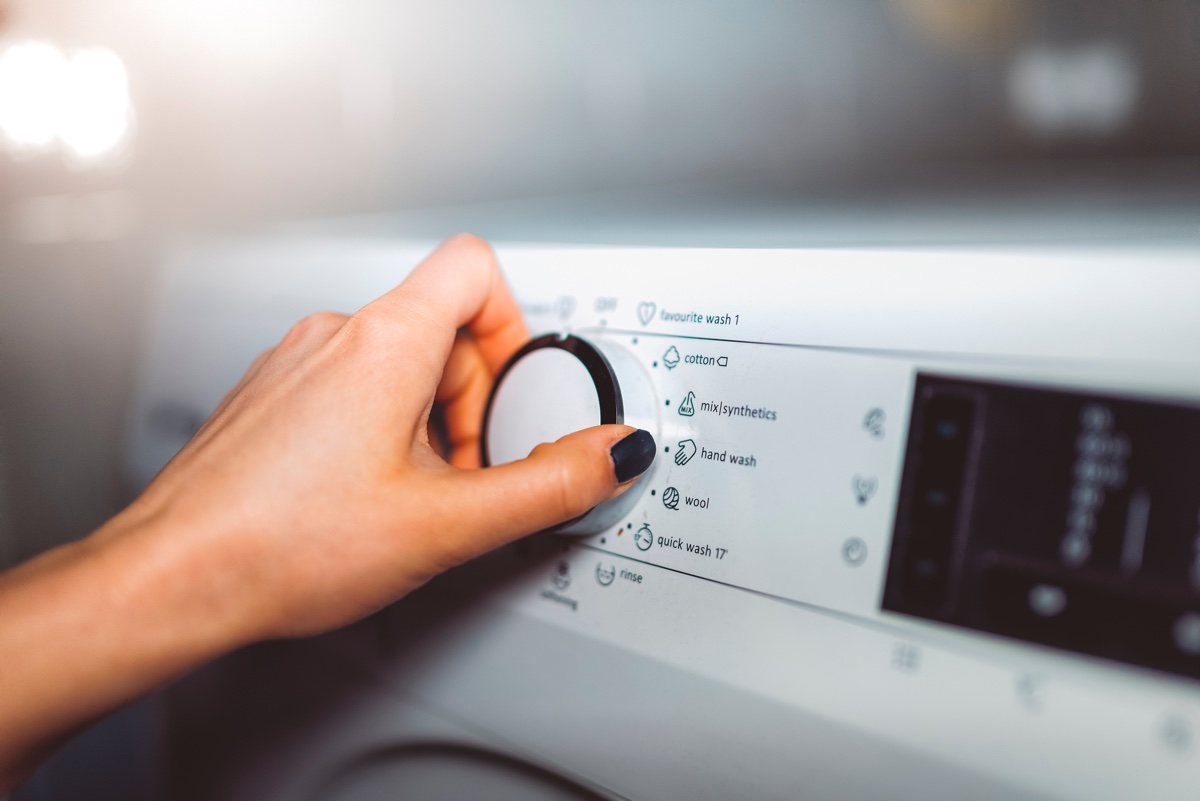

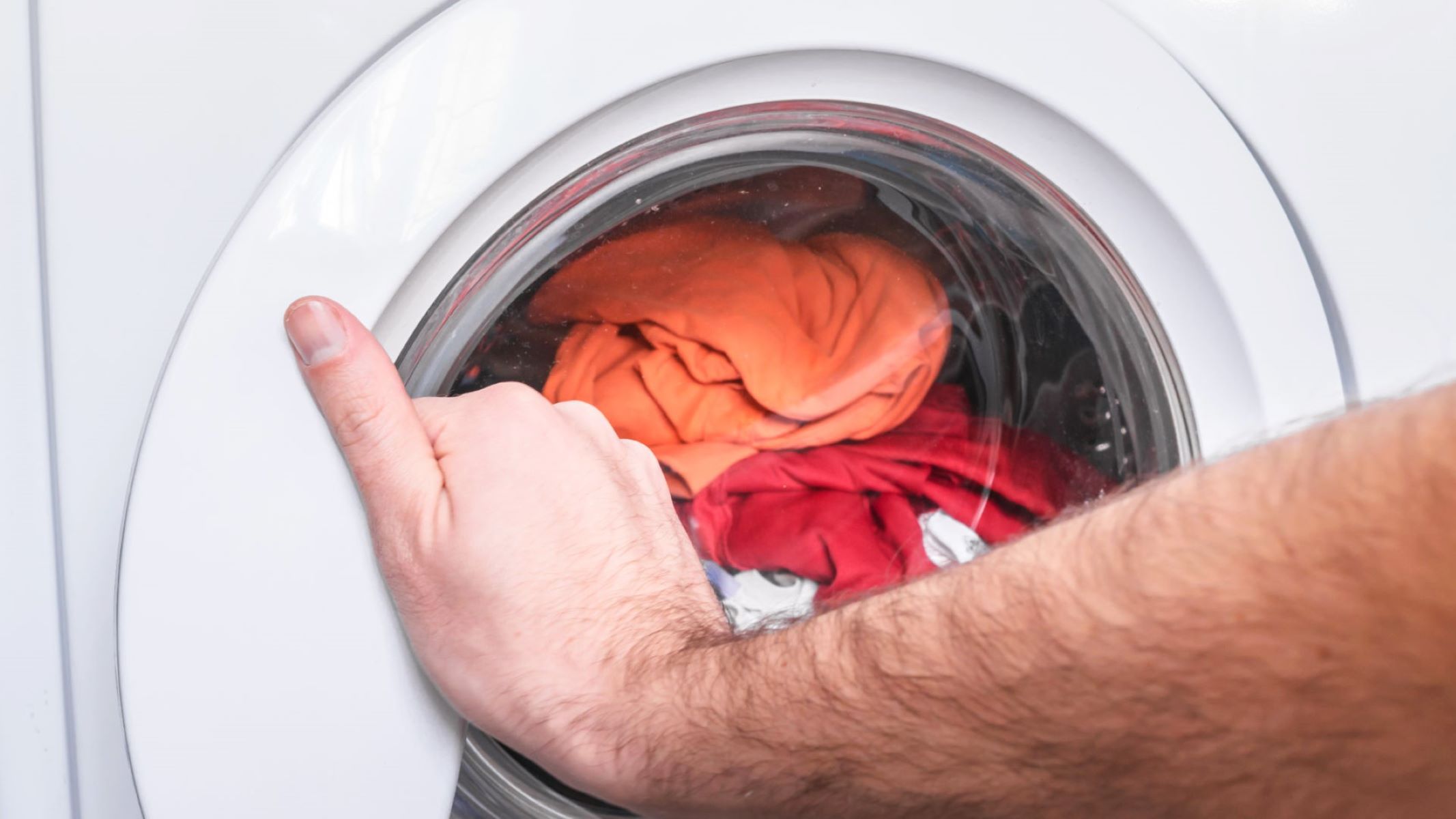

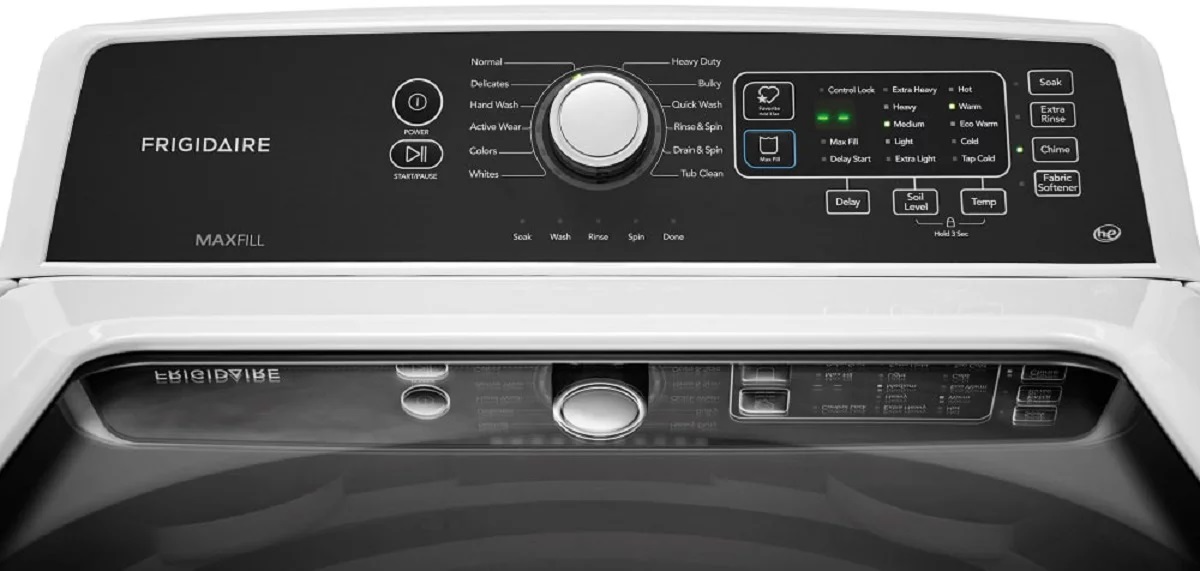

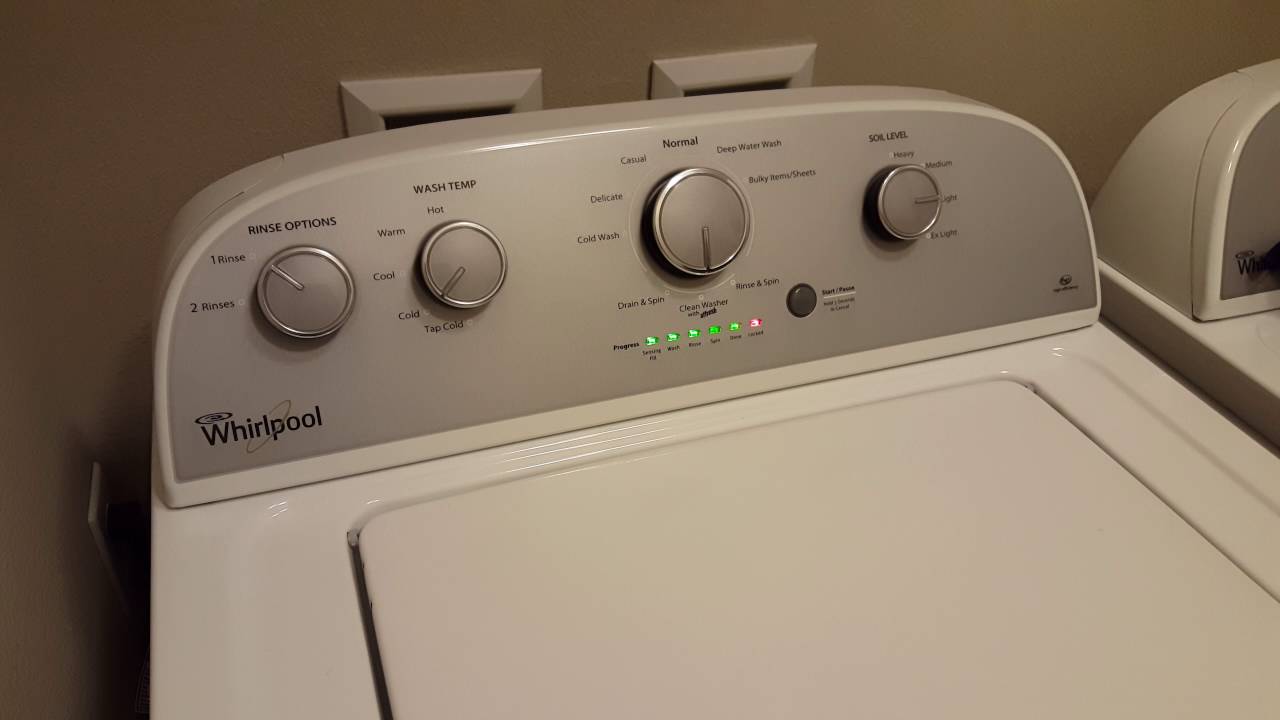

0 thoughts on “How To Winterize A Washing Machine”